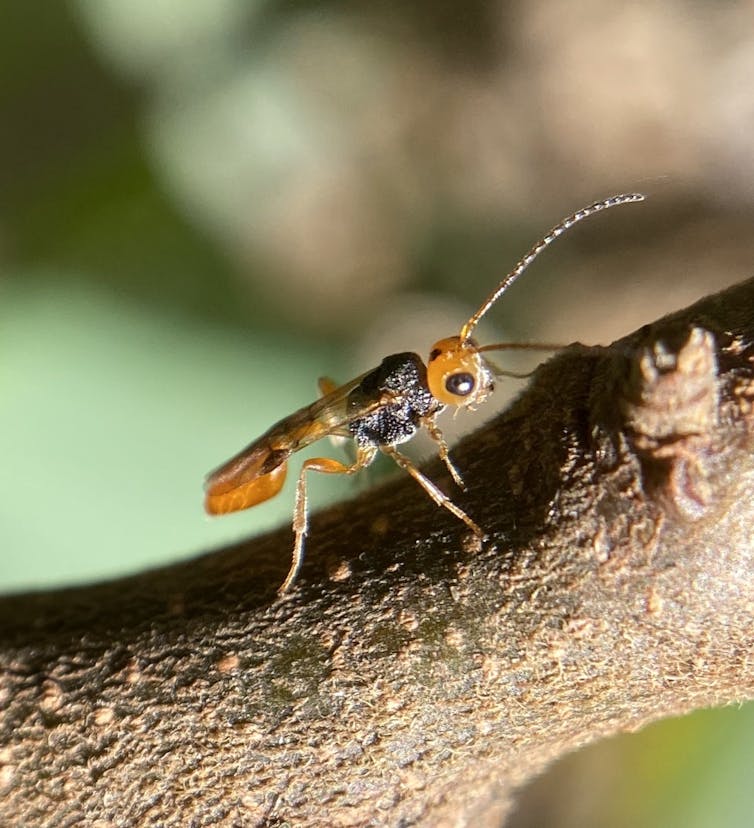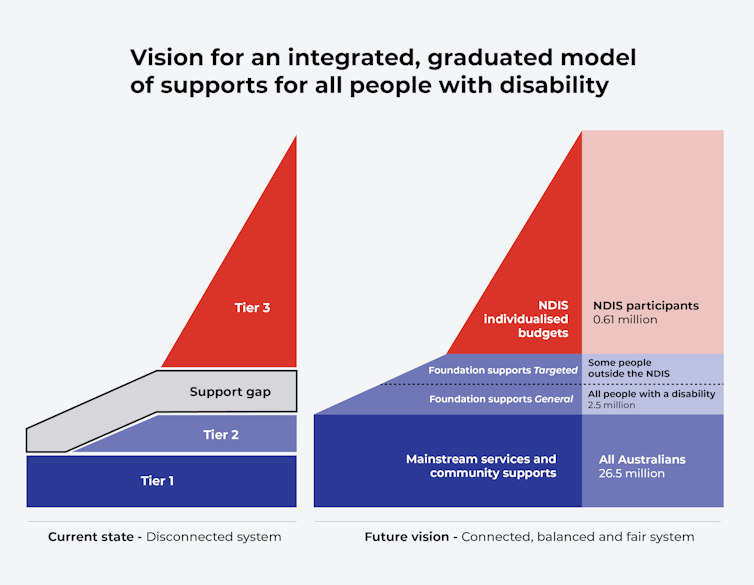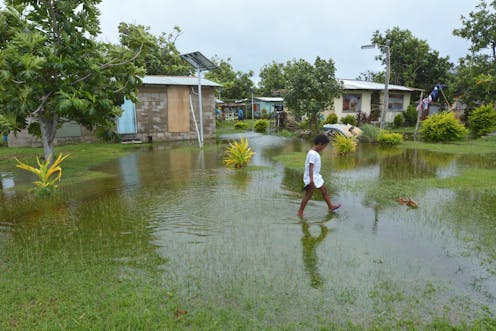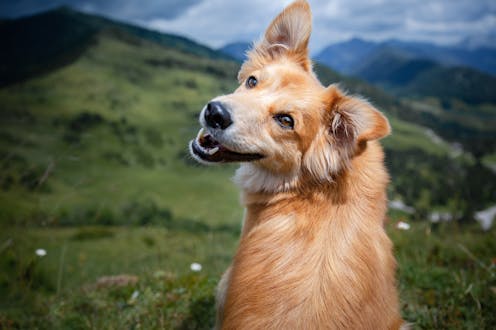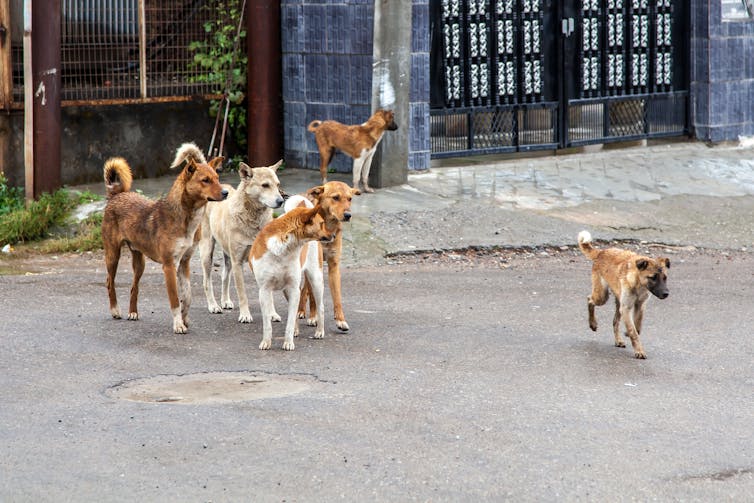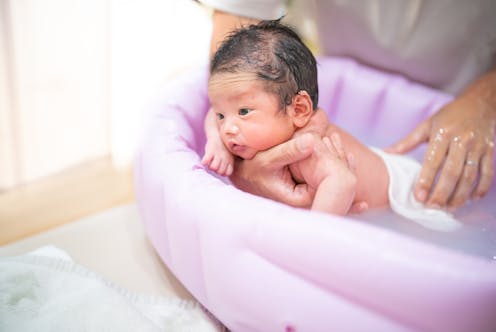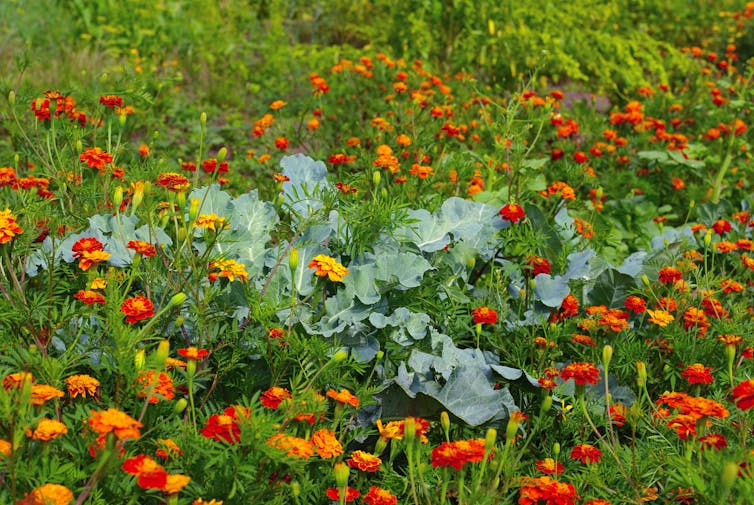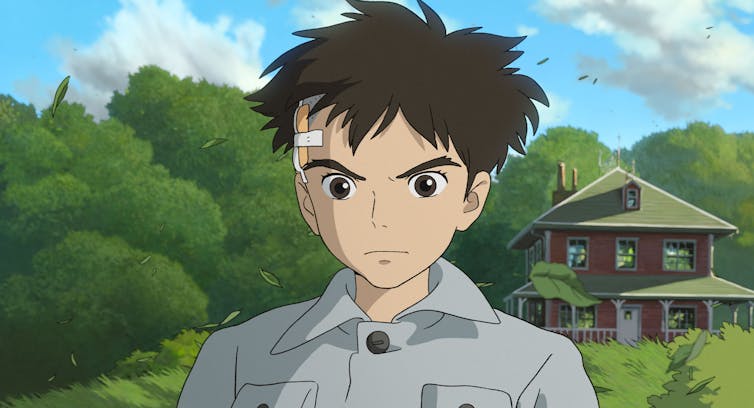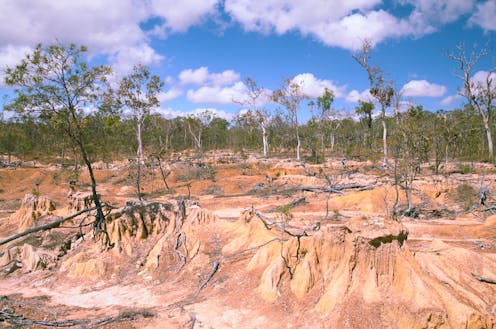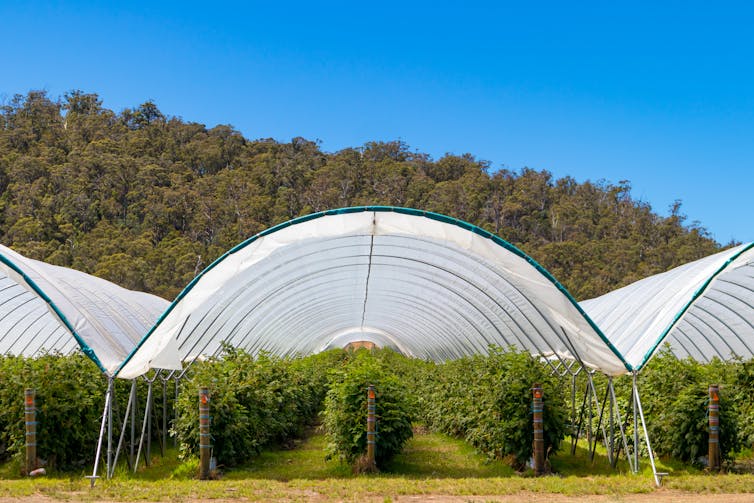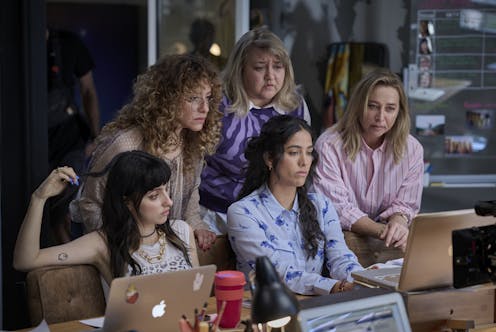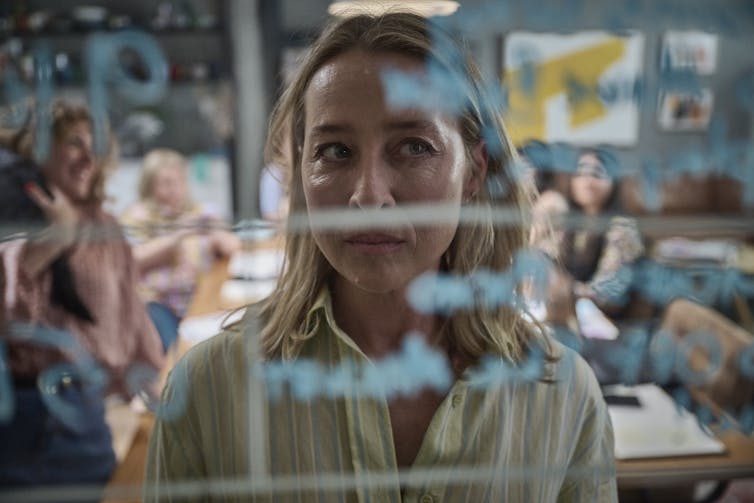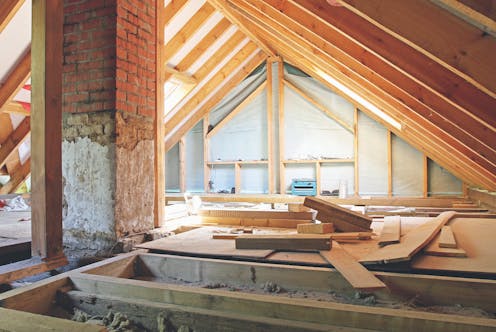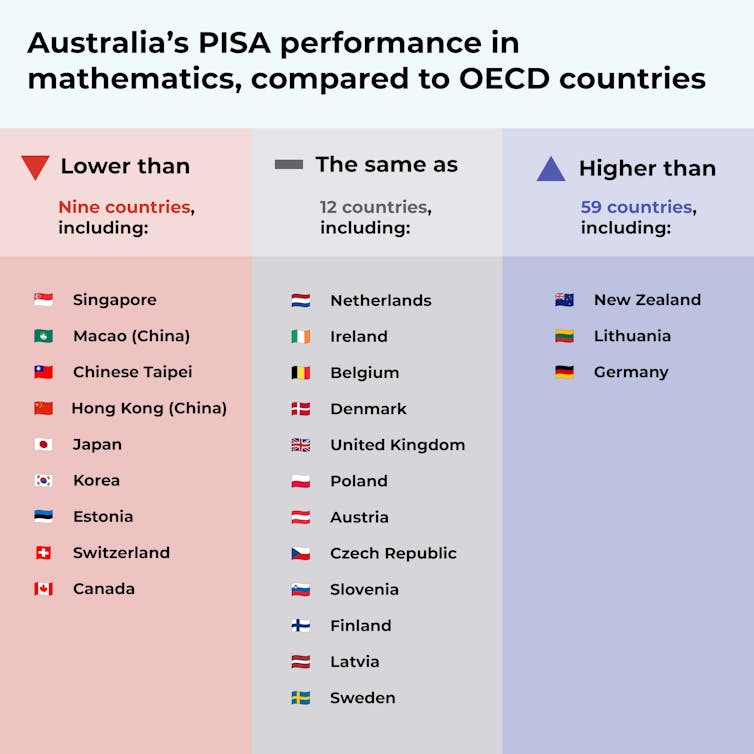Source: The Conversation (Au and NZ) – By Hunter Fujak, Lecturer in Sport Management, Deakin University
While 2023 was a watershed year for Australian women’s sport due to the Matildas’ stirring run at the Women’s World Cup, netball is going through its worst period ever.
Netball Australia and the sport’s players have reportedly agreed to a new pay deal following a period of bruising negotiations, which is expected to modestly increase pay and introduce a revenue-sharing component.
But the good news comes as the federal government has indicated it will withdraw nearly $18 million in funding to netball to reallocate to other sports. The reason: a failure by Netball Australia to deliver a “sufficiently robust” plan for its use.
The loss of federal funding would come as a huge blow to an organisation saddled with $4.2 million in debt.
In addition, it’s been reported that netball’s broadcast partner, Foxtel, is concerned about the sport’s lack of strategic direction. This has some concerned it may not renew its broadcast rights at the end of its current deal.
For a sport that has historically boasted the highest rate of female team sport participation in Australia, and with a national league predating nearly all other women’s sports, how has netball fallen into such a precarious position?
COVID funding hole
Many of netball’s current financial woes can be traced back to the onset of the COVID pandemic four years ago.
Due to the waiving of membership contributions and higher operational costs related to running Super Netball hubs during the pandemic, the sport lost $2.8 million in 2020. The next year was even worse: a loss of $4.4 million.
This saw Netball Australia’s net available funds diminish 98% from $7.3 million in 2019 to just over $158,000 by the end of 2021.
By June 2022, Netball Australia had to publicly deny it was on the brink of bankruptcy.
Netball’s financial precariousness became more acute in October 2022 after billionaire Gina Rinehart withdrew her $15 million sponsorship from the sport. This came after concerns were raised about the wearing of Rinehart’s company logo on the team’s uniform, stemming from comments her father had once made about Indigenous people.
Worse news was to come when Collingwood Football Club announced its shock withdrawal from the Super Netball competition during the 2023 season.
An erosion of player trust
A key challenge over the past few years has been a significant erosion in trust between players and management.
Just last month, for example, players publicly blamed Netball Australia for being responsible for the implosion of the sponsorship deal with Rinehart – not them.
But the relationship had started to sour back in 2020 when Netball Australia introduced the two-goal “super shot” to the Super Netball competition only six weeks prior to the start of the season, which players roundly criticised.
Netball Australia made a similarly unilateral decision to sell grand final hosting rights to Western Australia two weeks prior to the conclusion of the 2022 season. The players’ association decried the move, saying players were “devastated”.
Then came the bruising negotiations over the new collective playing agreement, which seemed to receive more headlines than any on-court exploits in 2023.
Prior to the Netball World Cup in June, for instance, Netball Australia initially refused to announce its squad until players had signed agreements, which was described by former head coach Lisa Alexandra as a “ransom”.
In recent weeks, Netball Australia issued legal notices reminding players of their obligation to attend an awards function. Stories also emerged of netballers being forced to sleep in their cars, retiring to play other sports and being brought to tears over their financial insecurity.
Thankfully, an in-principle agreement appears to have reached. Now, the hard work of rebuilding the sport’s public image can hopefully begin.
Increasing competition among women’s leagues
Netball has been the centre of women’s sport in Australia for over a century. Today, however, it must compete with a number of other women’s sports for prominence.
My research has estimated a staggering 17 million Australians watched the Matildas semifinal fixture in the World Cup, for instance. When the Diamonds went on to win the Netball World Cup, however, it went largely unnoticed and uncelebrated.
The AFLW and NRLW continue to grow, too. This year’s NRLW grand final attracted a national audience of more than one million viewers. And the AFLW, which has historically poached netball talent to develop its league, was able to expand to an 18-team competition for the 2022-23 season.
So, where does this leave netball? While the recent news may appear grim, there are reasons for optimism.
The 2023 Super Netball season broke attendance records, for example, while broadcast viewership was also slightly up.
Netball participation has also remained robust across the country, despite the widening of sport choices for women and girls.
What netball must do now
Netball Australia faces two immediate challenges it must address.
First is achieving unity across the game following such a fractious period. Unity with players is particularly vital, as they represent Super Netball’s best marketing asset to achieve desperately needed growth.
The apparent inclusion of revenue sharing in the new player agreement ensures athletes will be genuine partners with a vested interest in commercially growing the league.
Read more:
Is netball a feminist triumph? Let’s discuss
Unity would also help with netball’s second immediate challenge: breaking the perpetual cycle of negative sentiment surrounding the sport.
Negative sentiment causes fans and sponsors alike to disengage. Positive sentiment, by contrast, is a propellant. Look no further than the contrast between the Wallabies and Matildas at the moment.
At a strategic level, Netball Australia and its players need to properly assess whether the sport is heading in the right direction. That both the Australian Sports Commission chair and federal minister for sport have both publicly criticised Netball Australia should serve as a wake-up call.
A reevaluation of netball’s strategic direction must acknowledge that the cultural landscape has shifted. Women’s sport has gone mainstream and netball must find a way to broaden its audience, similar to the Matildas and football codes.
As Sports Minister Anika Wells put it, “netball is too important for it to not be successful”.
![]()
Deakin University is a sponsor of Super Netball’s Melbourne Vixens.
Hunter Fujak has previously been a board member of a NSW Premier League netball club.
– ref. Netballers may have a new pay deal, but the sport remains in a precarious position – https://theconversation.com/netballers-may-have-a-new-pay-deal-but-the-sport-remains-in-a-precarious-position-219230





